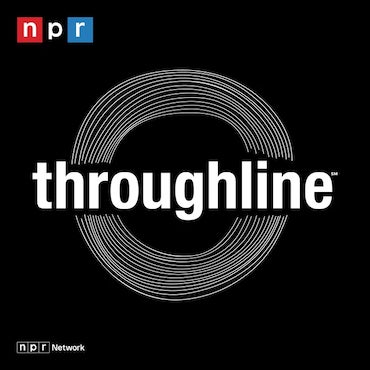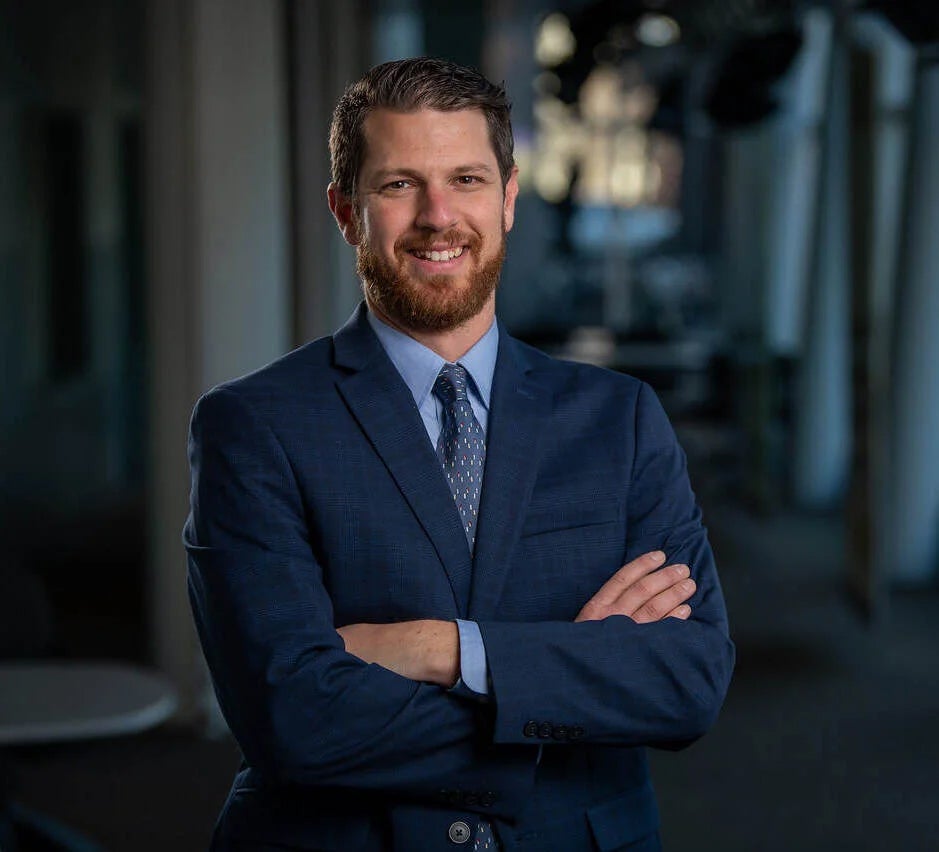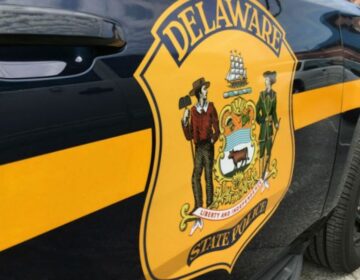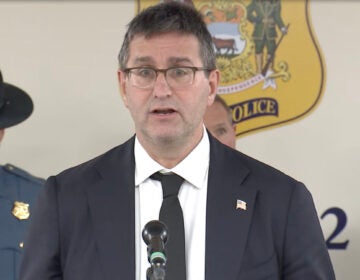Delaware preps for driverless cars
While the technology of self-driving cars get most of the attention, lots of tech is being added to Delaware's road infrastructure to prepare for cars of tomorrow.
Listen 5:35The race is on to find the car of the future. And while it’s unclear exactly what form that vehicle will take — and how society will adjust to it — Delaware is preparing for the highway of tomorrow with new technology added to state roads.
In March, a tragic incident demonstrated that autonomous vehicles aren’t ready to roll out just yet, when a public road test by Uber resulted in the death of a pedestrian in Arizona.
Although no public road tests are underway in Delaware, carmakers are adding more and more self-driving features in cars now rolling onto showroom floors.
From Tesla’s “autopilot” to Cadillac’s “super cruise,” levels of automation are slowly being added to cars now on the roads.
The state is trying to figure out how to prepare for the arrival of more autonomous cars.
“We’re really just trying to focus on how do we position Delaware to be a leader in the connected and autonomous vehicle world,” said Jennifer Cohan, secretary of the state Department of Transportation.
Since November, Cohan has led an advisory council exploring the complex issues surrounding autonomous cars.
“We’ve talked to the manufacturers and the owners of these technologies in these vehicles, and the technology is sound, it’s working, and they really want to deploy,” she said. “So we’re in a really good position to have them coming here and actually deploy in real time, so that’s what our focus is going to be.”
A big concern for the council is safety. “We want to make sure that safety stays first in all topics: pilot tests and any executions that we might experience here in Delaware or anywhere else,” said council member Cathy Rossi of AAA Mid-Atlantic.
The council is getting input from transportation leaders, department of insurance folks and lawmakers, including state Sen. Brian Pettyjohn, R- Georgetown.
“With Delaware being a small state, we can react, we can get together, we can react quickly to get our infrastructure ready and prepared,” Pettyjohn said.
High-tech highway
For years, Delaware’s road infrastructure has been upgraded with autonomous vehicles in mind. Inside DelDOT’s Transportation Management Center in Smyrna, workers can monitor traffic conditions throughout the state. They can adjust signals and speed limits and deploy crews to reroute traffic around an incident. All but 30 of Delaware’s more than 900 traffic lights are controlled in the center. For more than two decades, DelDOT’s Gene Donaldson has overseen development and upgrades of this technology.
“Going to autonomous vehicles is the next phase of this program,” Donaldson said. “We’ve already invested in a lot of the infrastructure that would be required.”
That infrastructure includes Bluetooth receivers along roadways throughout the state that can send speed and traffic volume information to DelDOT. That technology could also be used to transmit info to autonomous cars. “Over the last 20 years — like everything — [technology] is more and more at the core of what we do … it’s software, more and more advanced software, even to the level where we’re starting to look at artificial intelligence,” Donaldson said.
Artificial intelligence is being used to coordinate traffic lights along Route 40 and 896 in the Bear/Glasgow area right now.
“It’s looking at all the traffic that’s coming from our detectors, it’s looking at other systems we have and traffic signal data, and then it’s learning,” Donaldson said. “It can separate rush hour from a problem, which is pretty good.”
Once it identifies a delay, the computer is able to adjust traffic lights to clear out the back up. For instance, if more traffic is turning onto 896 to get to I-95 during the morning rush hour, the turn lane arrow might stay green longer to allow more cars to head that direction.
Later this year, the council on autonomous vehicles will issue its final report with recommendations on how the state should regulate self-driving cars moving forward, with the goal of making Delaware roads safer for all users.
“If you put it into perspective, about 37,000 people lost their lives on the roadways of this country in the last year, and 96 percent of them were based on human error,” Cohan said. “If we can reduce that in half, it’s just a phenomenal opportunity.”
Robot cars in the lab
Road infrastructure isn’t the only place in Delaware where autonomous vehicle technology is being developed.
On the second floor of Spencer Lab building at the University of Delaware, a miniature city puts small scale robotic cars to the test, providing a glimpse of what real-world autonomous driving could look like. With 35 robotic cars running on this scale city, UD researchers led by professor Andreas Malikopoulos are developing algorithms to help coordinate autonomous vehicles as they merge and maneuver on the roads.
“We can’t really replicate the exact behavior of a vehicle, but it can help us address concepts or issues, challenges that we will be addressing down the road in the real world environment,” Malikopoulos said.
The lab also explores how self-driving cars respond when sharing the road with human drivers. Students in another part of the lab control some cars driving around the miniature city to gauge the interplay between autonomous cars and human drivers.
They’re also working with brain-science researchers and public policy folks at UD to explore the consequences of autonomous cars. For instance, if they make commutes much more efficient for drivers, does that mean more people will be using their cars to get to work?
“This environment can help us think outside the box and see how we can redesign a city and use technologies to improve efficiencies, sustainability, make life easier,” Malikopoulos said. “We’ve made a lot of progress, but we still have a long way to go.”
WHYY is your source for fact-based, in-depth journalism and information. As a nonprofit organization, we rely on financial support from readers like you. Please give today.





